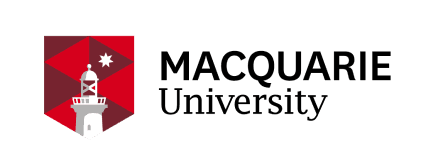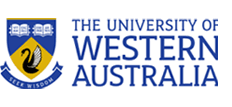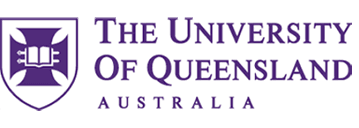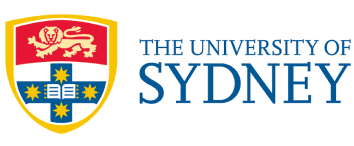Adelaide Study finds visiting National Parks makes people healthier saving health system $140M/year

Image source: Tatiana Gerus CC-BY-NC 2.0 / Flickr
Media Release
28 November 2024
Adelaide’s 1.3 million residents are making around 1.45 million trips to the city’s 20 most popular national parks and it is saving the health system $140 million per year in avoided health costs.
Spending time in nature is good for you. Globally there are 18,000 studies on the physical and mental health benefits of accessing nature, ranging from improved gut flora and immune health, to reduced anxiety and increased happiness.
The new study published in the journal Urban Forestry and Urban Greening has now put a dollar figure to that health benefit for Adelaide residents that are making trips to metro national parks.
The Biodiversity Council say that the findings show that spending time in nature has big health benefits for people. They say that setting up more national parks close to cities would be a no-brainer to help people and save money, as well as help nature.
The analysis was undertaken for the South Australian Government by a team from the University of Adelaide School of Economics and Public Policy and was led by Associate Professor Adam Loch.
Study co-author Associate Professor Patrick O’Connor, Director of the Centre for Global Food and Resources, and Biodiversity Council member said that the study highlights the huge value that we get from nature.
“We found that there is a real benefit from visiting national parks, in terms of improved well-being and health, and that this translates to less trips to the doctor or hospital, and less pressure on the health system overall,” Associate Professor O’Connor said.

A bushwalker at Adelaide’s Morialta Conservation Park. Image source: Jaana Dielenberg.
“Some of this health benefit will come from the exposure to biodiversity but part may also be the exercise people get in the park or the social benefits of connecting with friends or family.
“Looking at the whole Adelaide population — which includes the Adelaide Hills — we found that visits to national parks reduced the state’s $4 billion annual health bill by 4%, which is a saving of $140 million per year.
“This demonstrates that access to healthy ecosystems is an important element of a cost-effective health care system due to its effect in reducing disease.
Study lead author Associate Professor Adam Loch said that distance is the main barrier to accessing national parks.
“People who live closer to parks go more often than those that live further away,” Associate Professor Loch said.
“Because many of the suburbs that are closer to Adelaide’s metro national parks are higher socio-economic areas we found that people from these groups are accessing parks more and getting more health benefits.
“On average, people from the most disadvantaged socio-economic backgrounds needed to travel two to three times as far as people from the least disadvantaged groups to reach one of Adelaide’s metropolitan national parks.
“We found that if they are close to the park people from more disadvantaged socio-economic groups will visit parks just as often as people from higher socio-economic groups.
“Creating new parks in areas where people do not currently have easy access to a national park would be expected to deliver benefits to those communities and for the health system overall.”

Distance is a major barrier to accessing national parks and is disproportionately affecting people from the most disadvantaged socio-economic background. Image source: duluoz cats CC-BY-NC-ND 2.0 / Flickr
Associate Professor O’Connor said that parks are a fantastic economic investment for governments as they deliver huge amounts of value to economies compared to their running costs.
“South Australia’s total parks network costs around $10 million per year to run, after revenue generated by parks is accounted for.
“We found a $140 million benefit just from health aspects just in the Adelaide metro area.
“Another of our studies found that South Australia’s regional parks generate $374 million of rural and regional economic gain from people visiting these areas, and support more than 1200 private sector jobs.
“Combining these gives a total economic benefit worth 50 times more than the cost of running the parks, and there are plenty of other benefits we simply have not yet quantified,” Associate Professor O’Connor said.













